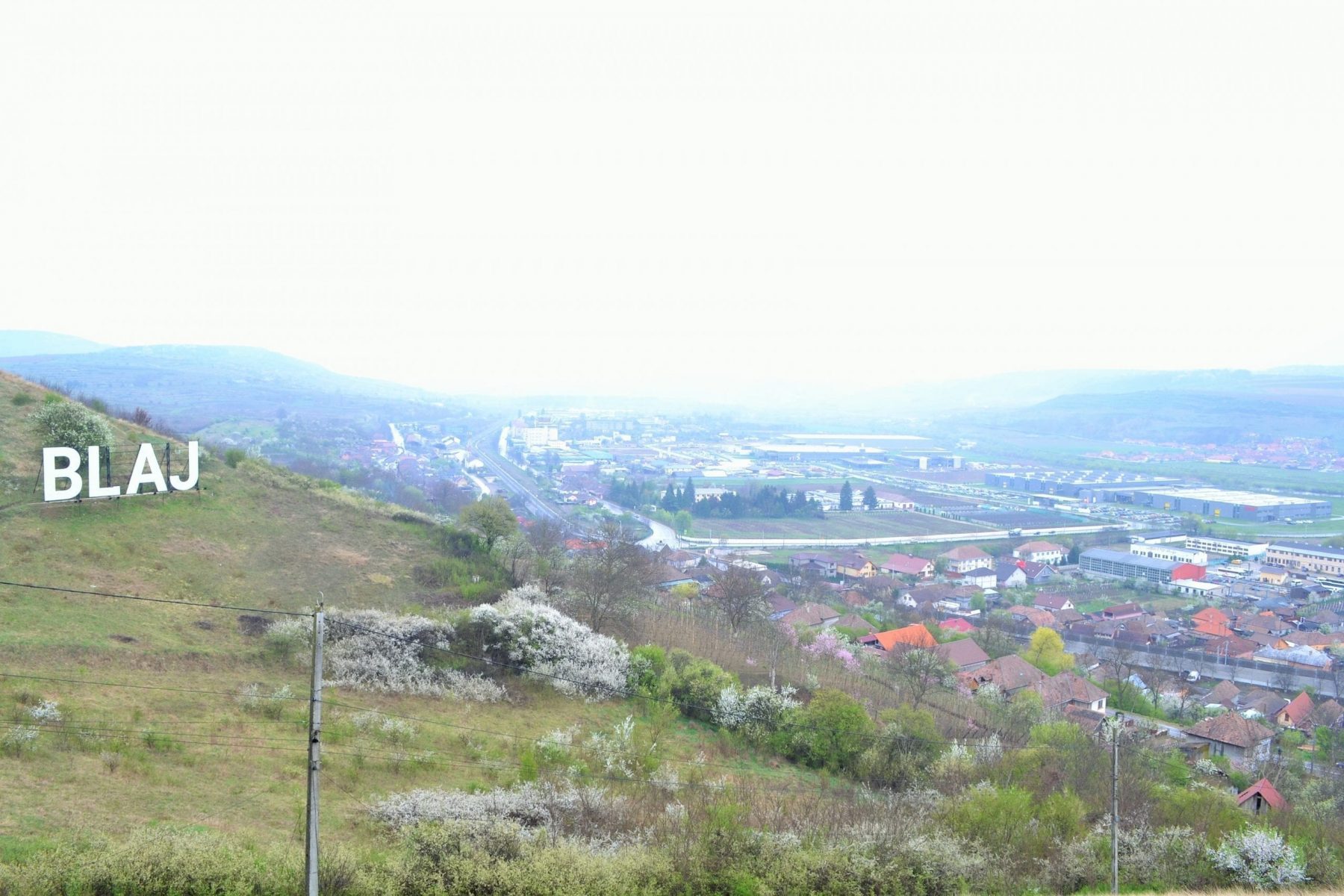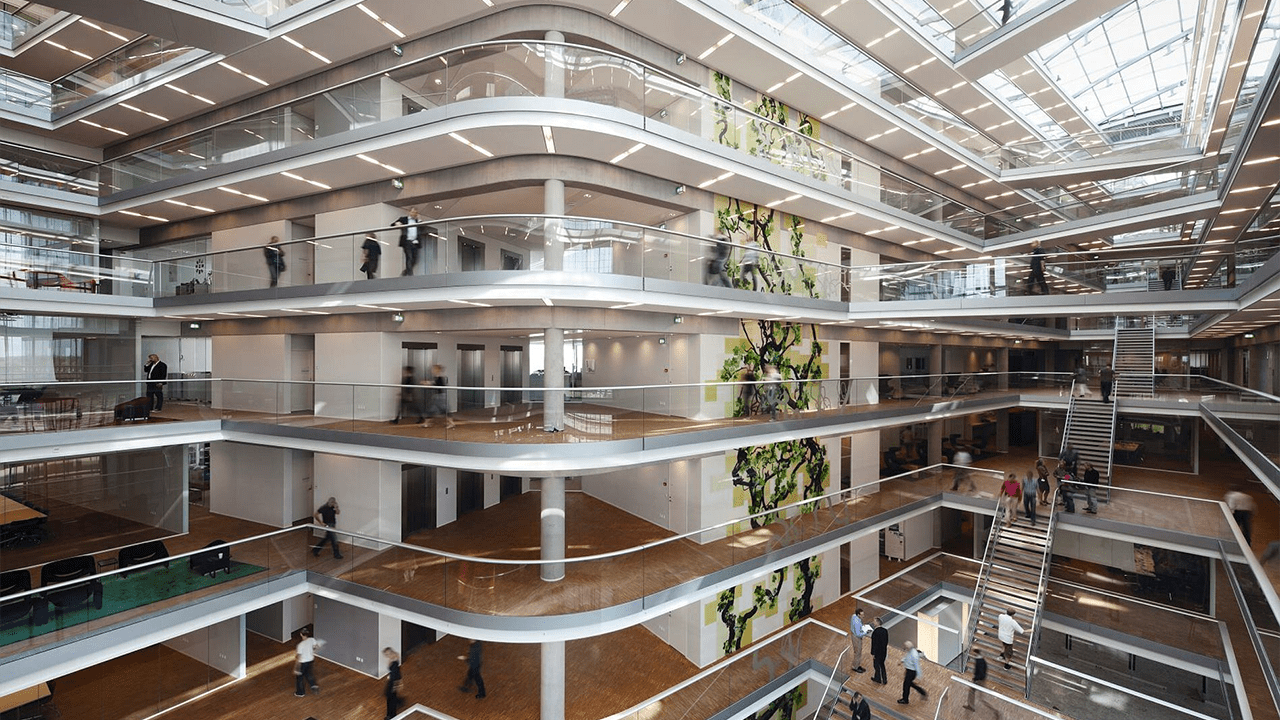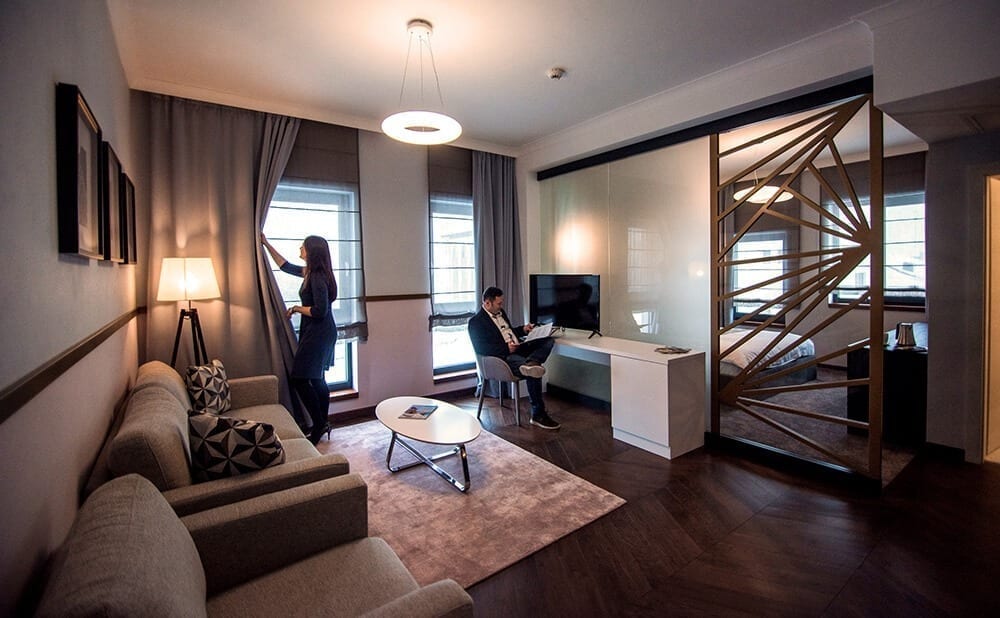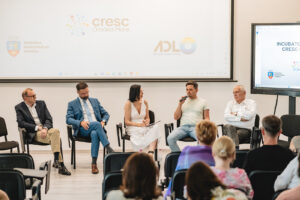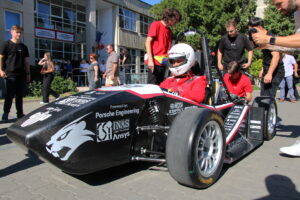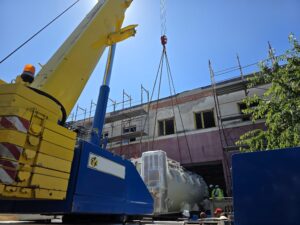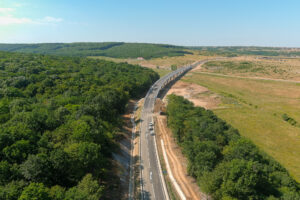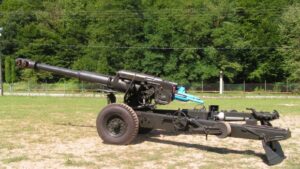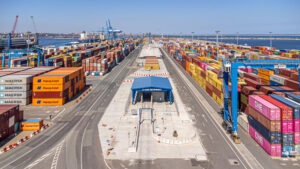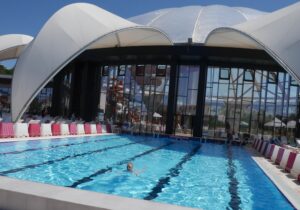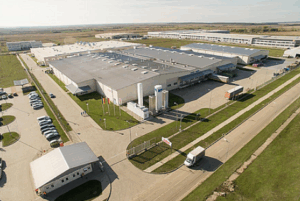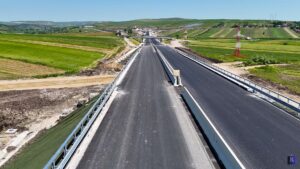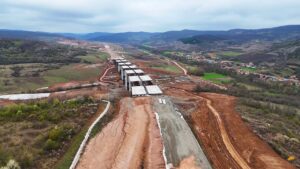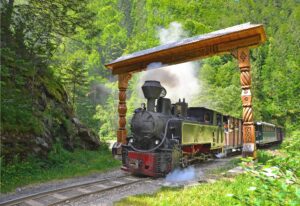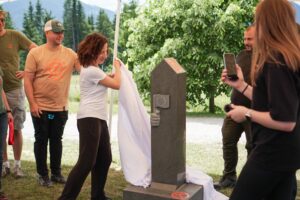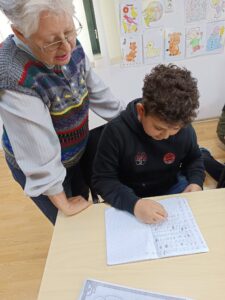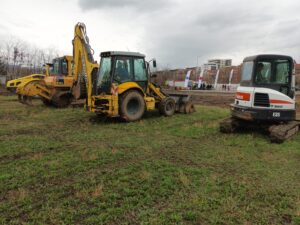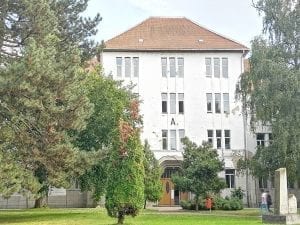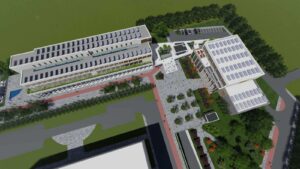Even if, according to the 2011 census, the municipality of Blaj counted slightly over 20,000 inhabitants, the town from Alba county is one of the most important in Transylvania, and the historical importance it emanates can be felt by any visitor from the very first moments.
Blaj was in the 18th and 19th centuries the Transylvanian Romanians’ cultural center, and an important factor in the Romanian modern language and national consciousness formation process, the apparition of the Bible of Blaj and of the first Romanian grammar published by Timotei Cipariu*.
(* – Beginning with 1737, Blaj has been the seat of the Greek Catholic Church (Romanian Church United with Rome), supporting Romanian education and learning, mostly through its printing establishment (1747), a seminary and two schools (1754). It was the center of the Romanian Enlightenment owing to the cultural and scientific activity of the Transylvanian School, whose erudite scholars studied at the European universities of Vienna and Rome, and whose aim was to prove the Romanians’ Latin origin by means of linguistic, ethnographic and historical arguments. It gave a great number of priests, bishops, scholars and teachers, writers and public figures, who fought for the Transylvanian Romanians’ rights.)
Wikipedia informs us that, in 1754, the first public school with Romanian language of instruction was opened in Blaj, owing to Bishop Petru Pavel Aron’s efforts. This fact made Ion Heliade Rădulescu exclaim “here the sun of the Romanians rose from”. An inscription with this quotation is placed on the building where the public school functioned. Moreover, renown scholars such as Samuil Micu, Gheorghe Șincai, Ion Budai-Deleanu, Simion Bărnuțiu, Petru Maior and George Barițiu studied in Blaj.
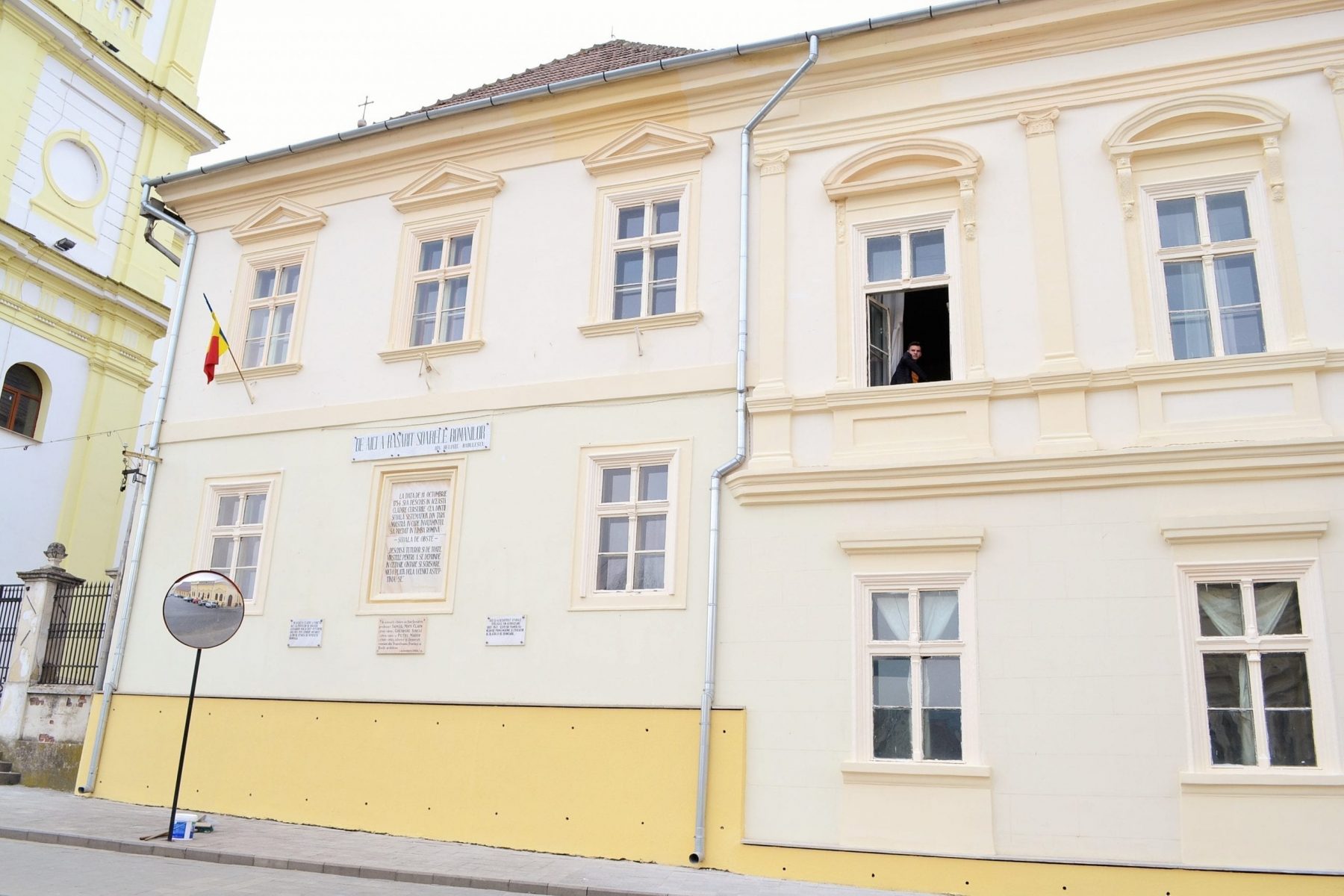
A moment of reference in the national history took place between May 15 and 17, 1848, on the field near Blaj called at that time “Râtul Grecilor” (“The Grecians’ Pasture”), the Great Assembly in Blaj, where between 30,000 and 40,000 people participated, mostly peasants. The Assembly adopted the program of demands with democratic character, which supposed the abolition of the tithe, of the corvée and serfdom, dissolution of the guilds and customs, freedom of speech and printing, organization of the national guard, of the state schools in Romanian language, etc. From that moment on the space where these events took place is known under the name of Câmpia Libertății (the Liberty Field). In 1868, on the 20 years anniversary of the Blaj Assembly, the Blaj Declaration was adopted.
Beginning with the 18th century and until the Great Union of 1918, Blaj was considered the cultural capital of the Transylvanian Romanians, attracting a series of illustrative characterizations, such as “Mecca of the Romanians”, “the Romanian Sion”, the city of the “Transylvanian Enlightenment” and “School of the Romanian schools”. Probably, its best-known denomination is “Little Rome” given by national poet Mihai Eminescu.
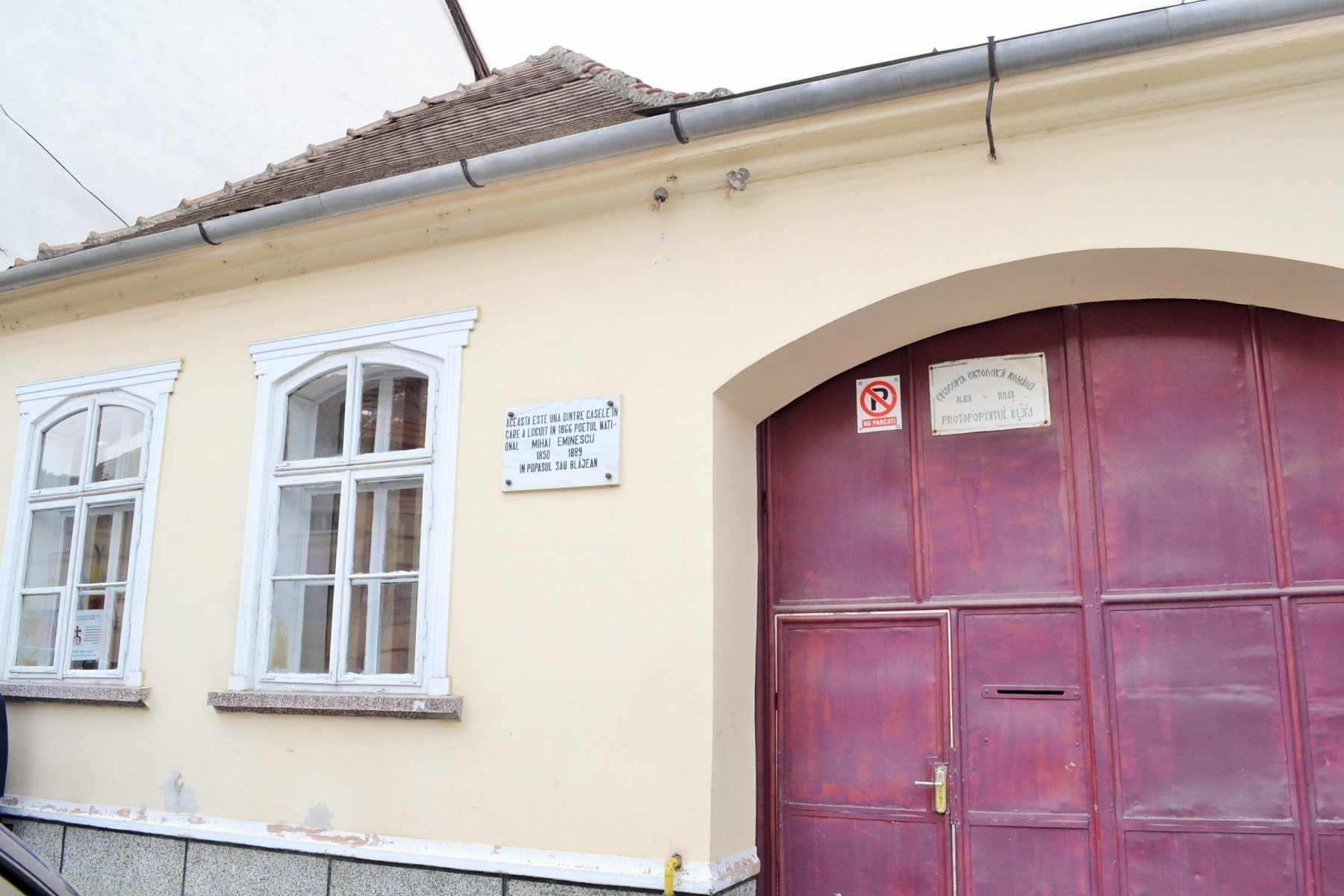
Blaj is situated in the western part of the Târnave plateau, at the confluence of Târnava Mare and Târnava Mică, in a renowned wine-growing area. Presently, it is a town in full financial development that is visible both for its civilized urban aspect, restored and well-kept architecture, and through its attention to details, picturesque landscape, available jobs, attracting numerous people from surrounding areas. Blaj provides a generous offer of entertainment for the tourists, involving equally esthetic pleasure and information about the milestones of our national history.
Câmpia Libertății (the Liberty Field)
The Liberty Field is, certainly, the most important place for the 1848 Revolution. The Assembly on the Liberty Field, where 40,000 people coming from all over Transylvania cried out clearly, in unison, “We want to unite with the country”, expressing the Romanians’ wish ever since to live in a modern and sovereign state, illustrating a mature national consciousness. Even if this cry would be fulfilled only in 1918, this symbol remains a fundamental landmark in the struggle for national unity and citizen rights for Romanian Transylvanians”.
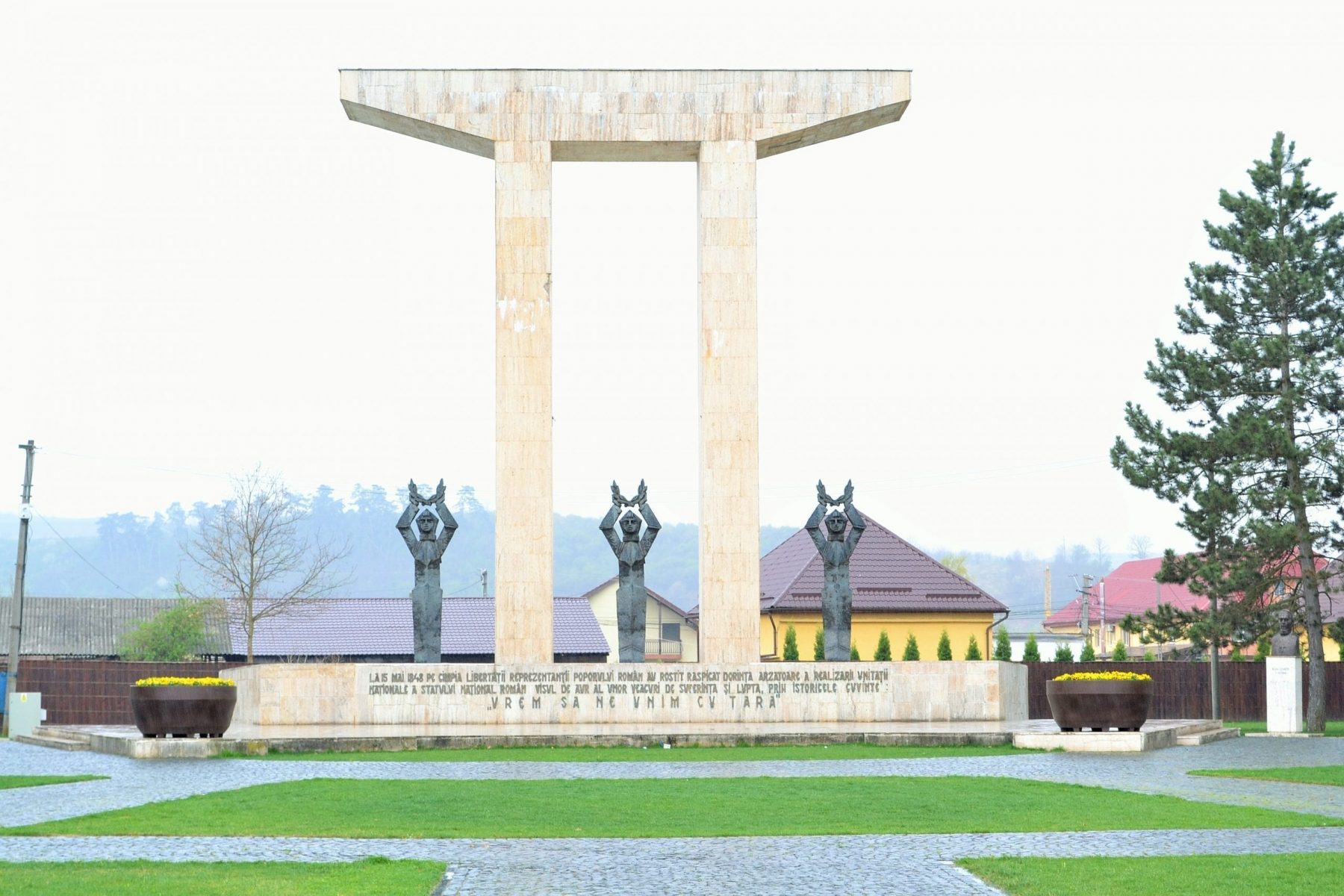
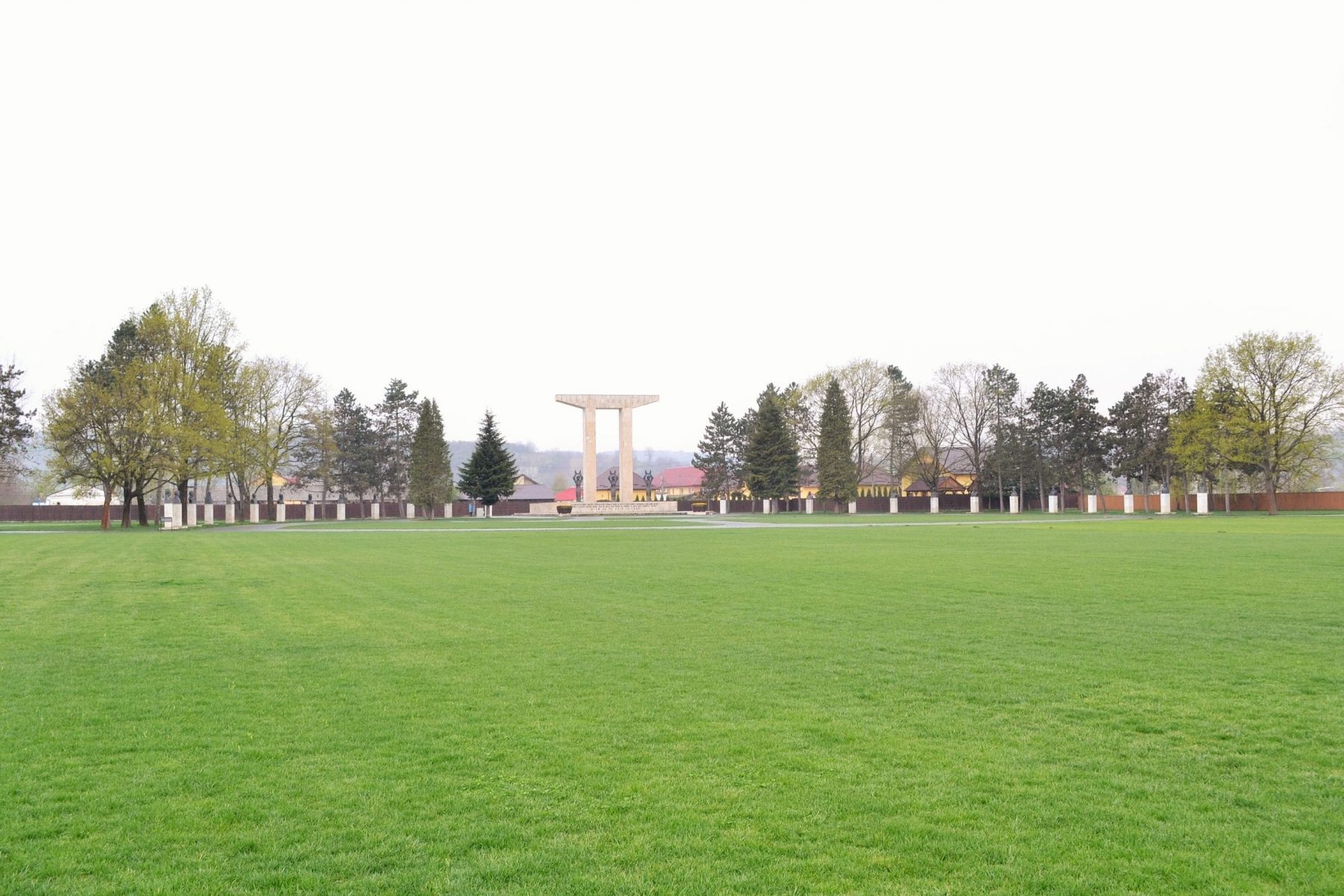
The “Gloria” Monument Ensemble, achieved by Ioan Vlasiu, Ion Jalea, Marius Butunoiu and Ion Irimescu, is composed of The Gate of History and three feminine silhouettes representing the three Romanian provinces – Transylvania, Moldavia and Wallachia – reunited under the same roof, guarded on both sides by a suite of busts representing the leaders of the 1848 Revolution, belonging to the three Romanian provinces.
Avram Iancu’s Cross
History registers a devastating famine that, in 1815-1818, determined the peasants on these lands to feed on tree crust and ground corn cobs. Bishop Ioan Bob intervened and lent cereals to the people on condition that they should return them in the next years. The peasants failed to honor their promise, but the bishop ordered the annulment of the agreement and, implicitly, of the debt. In memory of this philanthropic gesture, in 1820-1821, the inhabitants of the neighboring villages raised Bob’s Cross on the Dealul Viilor (the Vineyard Hill). In 1848, the Blaj inhabitants changed its name into Avram Iancu’s Cross, in remembrance of the Prince of the Mountains (Craiului Munților), who mobilized and led numerous Romanians from the Apuseni Mountains (moţi) at the Blaj assemblies in April, May and September.
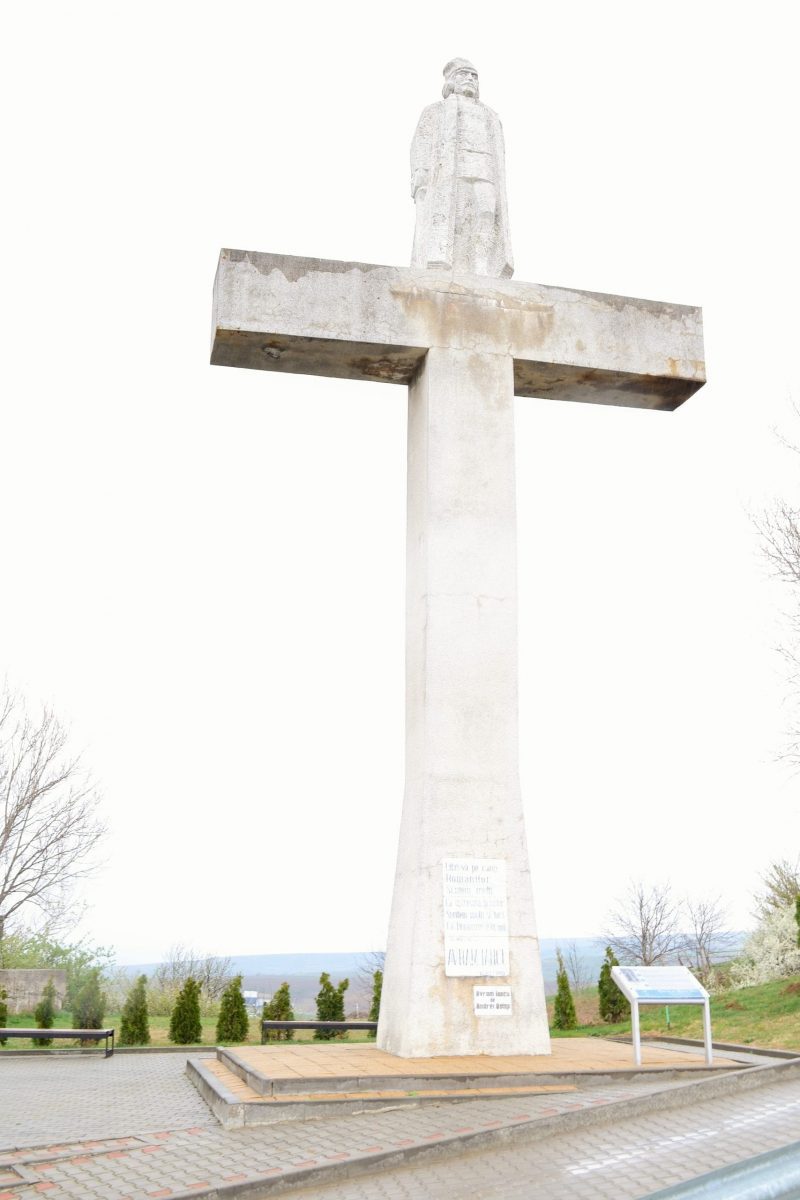
In the night of November 28, 1908, Avram Iancu’s Cross – symbol of the Romanian nation – has been dynamited. It was then restored by scholar Ioan Micu Moldovan’s initiative and expense.
In memory of Avram Iancu and of the 1848 Romanian Revolution in Transylvania, a monument achieved by sculptor Andrei Ostrap was unveiled in 1993. In the Autumn of 2001, Avram Iancu’s Cross has been taken down from the Vineyard Hill and placed for conservation in the “Augustin Bunea” History Museum, where it is still nowadays.
Eminescu’s linden tree
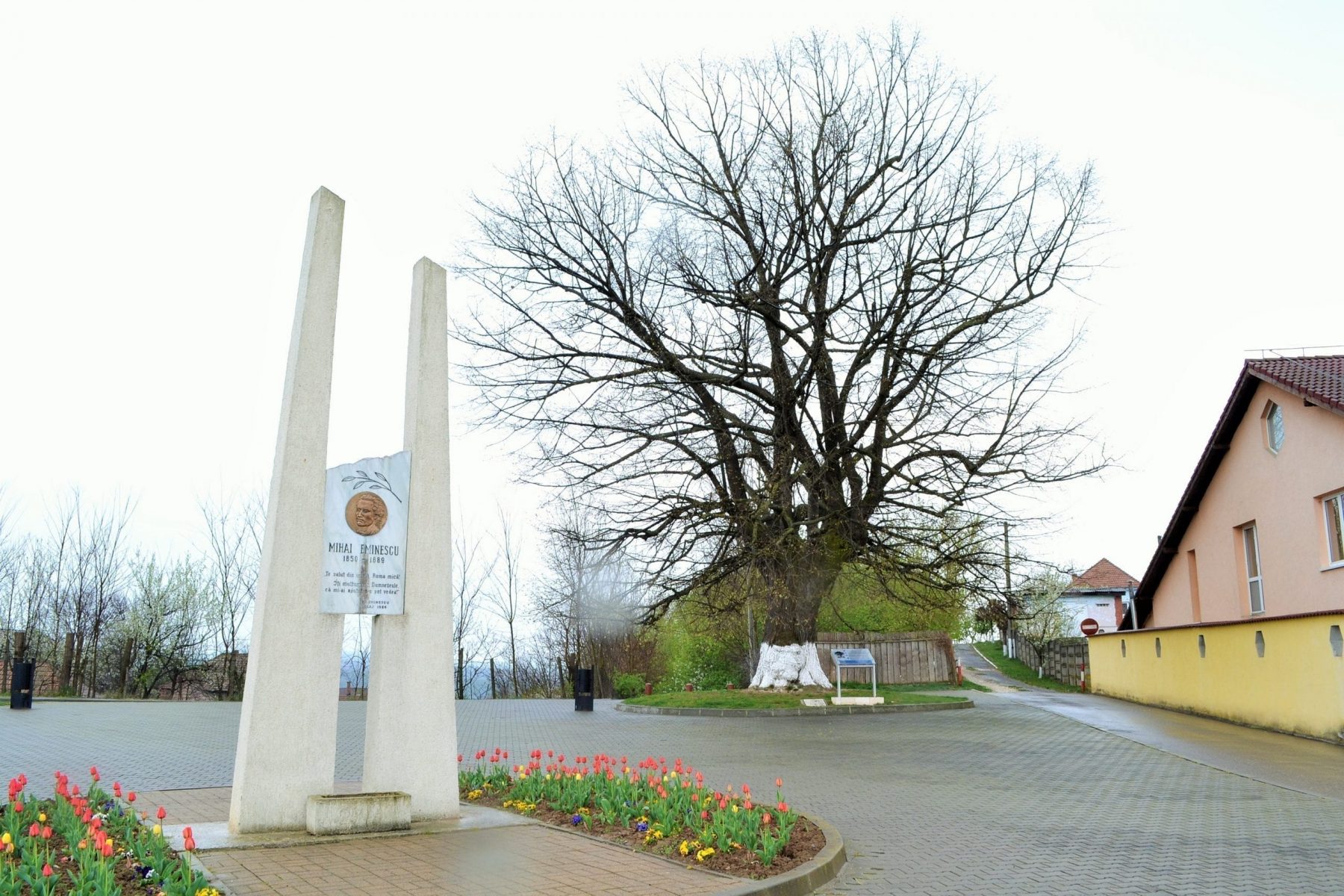
In the spring of 1866, young Mihai Eminescu arrived at Blaj, wishing to get acquainted with the town that was considered the center of the Romanians’ national and cultural rebirth. It is said that upon arriving on top of a hill in Blaj, the poet exclaimed: “I salute you from my heart Little Rome! I thank, God, that you helped me see it!” Mihai Eminescu’s words remained engraved in time, and the Little Rome syntagm became the town’s best-known label.
In the respective place several young linden trees were growing at that time, out of which one survived and became a testimony of that epoch. The students in Blaj have called it later Eminescu’s linden tree, and so it is called at present.
Avram Iancu’s oak tree
The old garden of the Metropolitan castle (presently, Avram Iancu Park) shelters a magnificent oak tree, over 600 years old. The tree witnessed numerous historical events that took place in those surroundings over the centuries. The first event happened at the end of 1687, when, in the vicinity, it is said that the Blaj Treaty was signed between the representatives of the Habsburg Empire and the last Transylvanian prince, Mihai Apaffi the 2nd. The document meant in fact that Transylvania was losing its independence and entered under the Austrian monarchy’s authority.
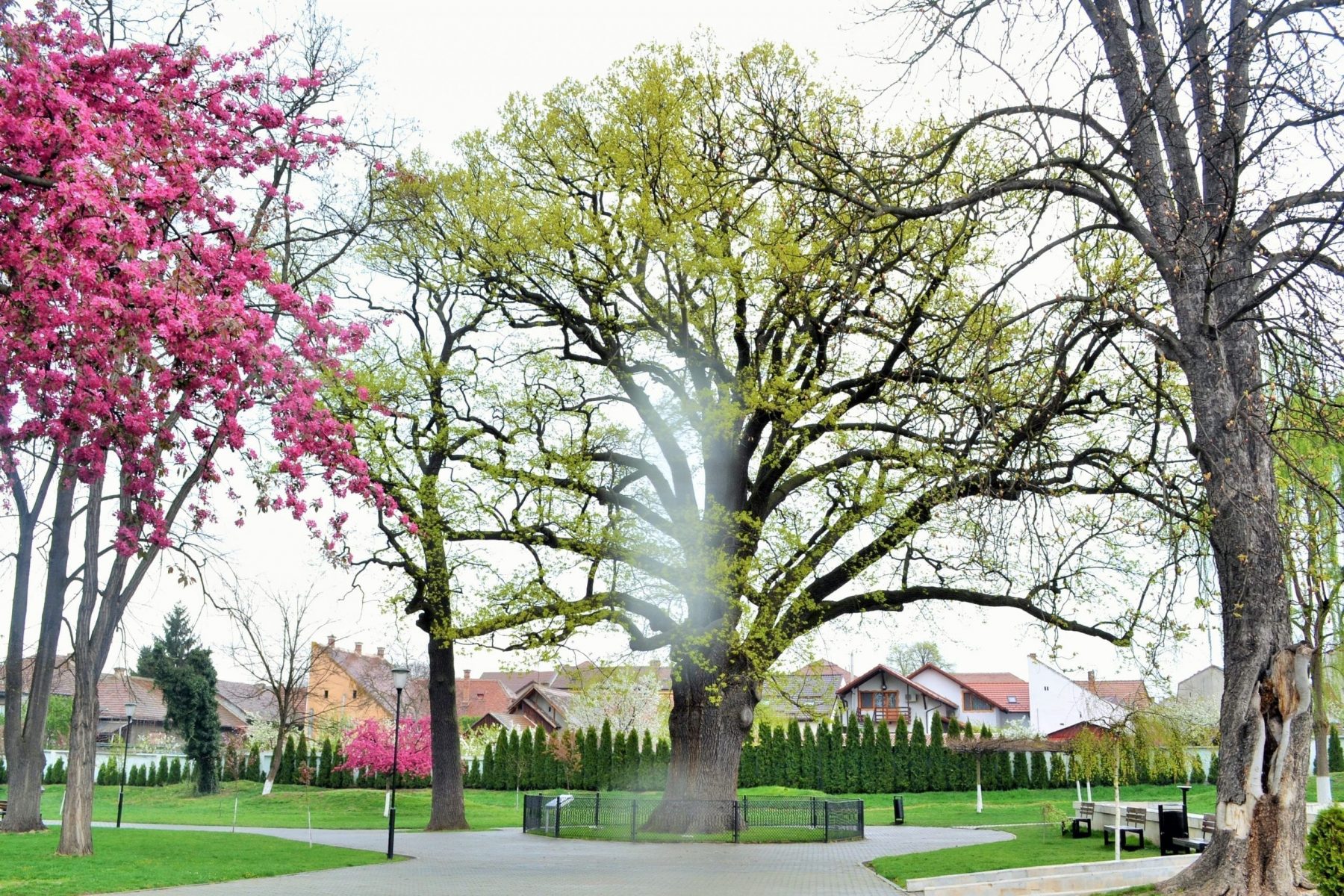
Moreover, under the oak’s rich crown Bishop Ioan Inochentie Micu-Klein was carrying out the plans of the town in the Spring of 1737.
It was called Avram Iancu’s oak tree later, after 1849, owing to Metropolitan Alexandru Șterca Șuluțiu’s friendship with the “Prince of the Mountains”. Both, good friends since childhood and dedicated patriots, used to spend whole days, mostly in Summer at the shadow of this oak tree, to discuss the Transylvanian Romanians’ historical, cultural and political issues.
The Cultural Palace, the outcome of a stylish restauration
The Cultural Palace was restored in 1936 during the ASTRA festivities. King Carol II himself and Prince Mihai, at that time Voivode of Alba Iulia, participated to the inauguration. Over time, the building followed a rather sinuous path. If the first destination was as a cultural events hall, it was later constantly changed, part of the building serving inclusively as a radio-communication center. For the inhabitants of Blaj and not only for them, it served as the town’s movie theater. After the 1989 Revolution, the building was retroceded to the Greek Catholic Church, which kept it destination as a movie theater. In 1995, a fire seriously affected the building. It has remained in a deplorable state of ruin for about ten years. Subsequently, through an association between the Local Council and the County Council, the building was bought from the Greek Catholic Church and its renovation was started again. It has finally turned into an architecture jewelry, planned by the Cluj architect Vlad Rusu, who was awarded the Great Prize in the frame of the European Union Prizes for Cultural Heritage / Europa Nostra Prizes 2017 – Conservation category, for this renovation concept. The renovated building has been inaugurated in May 2018, in the presence of the President of Romania, Klaus Werner Iohannis. The investment exceeded 1 million euros.
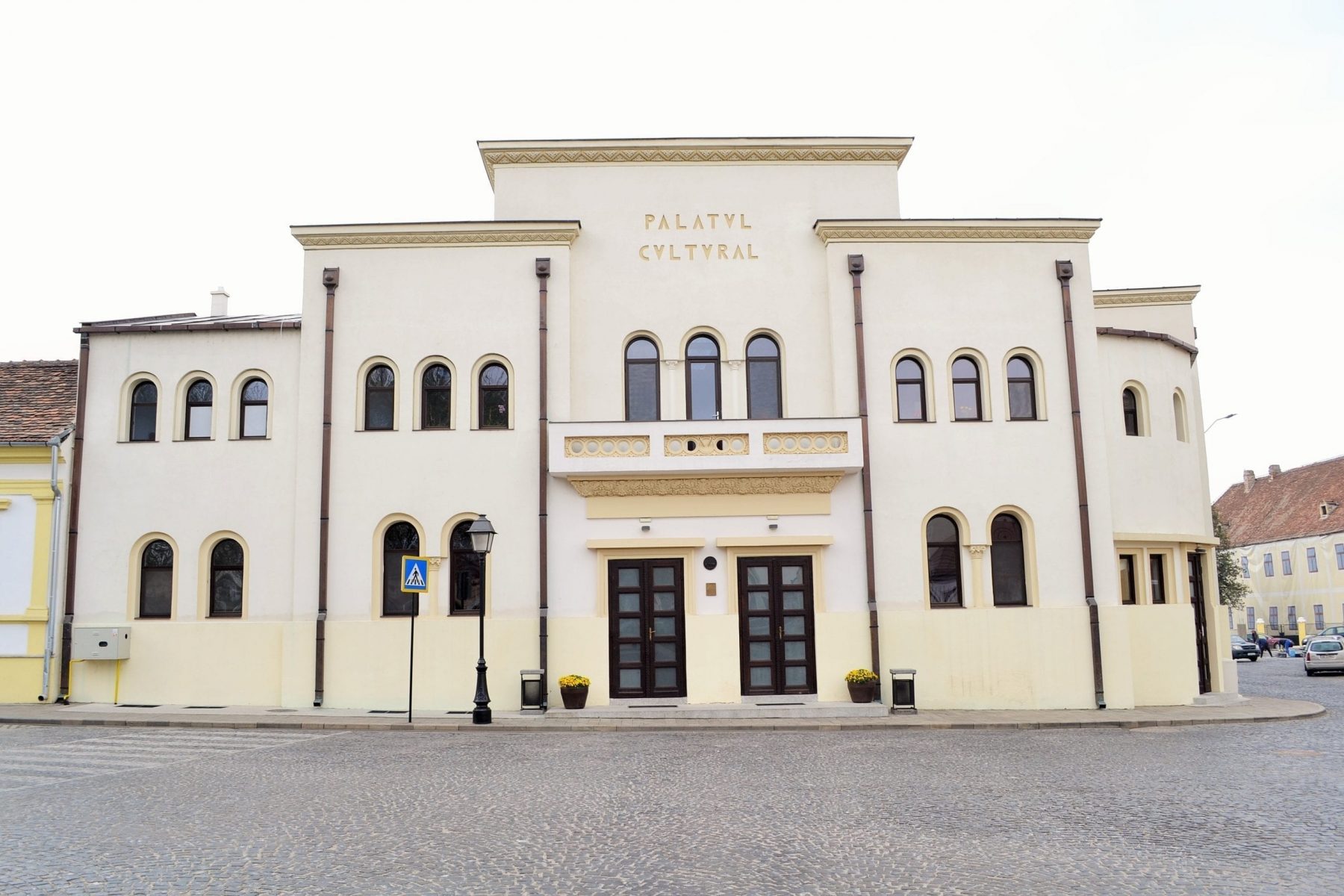
Today, the Cultural Palace is hosting the most diverse cultural events, from theatrical performances, symphonic concerts, concerts for children, meetings, symposia and numerous other outstanding events.
The hall’s capacity is of 377 seats, including the hall, the loges and the balcony, and the space is equipped in an ultra-modern way from the technical point of view, but also in what the artists’ comfort is concerned.
The hall benefits from a modern cloakroom, a spacious makeup booth for actors, a terrace for a short break, and in concert breaks, the audience can visit a well-arranged outdoor courtyard that can serve for recreation.
On the stage of the Blaj Cultural Palace, the famous artists such as the Transylvanian Quartet, violinist Gabriel Croitoru, the Royal Camerata, the Comedy Theater in Bucharest and the “Radu Stanca” National Theater in Sibiu, have performed over time.
The story of the Alba Blaj Volleyball team
The Blaj volleyball team has been recognized since its beginning as a standard for national sports performance.
In May 2011, the Alba Blaj Volleyball Club was set up and the first match took place on October 1st in the same year, the team from Blaj having as opponent CS Codlea. Then the first victory of Alba Blaj Volleyball was recorded.
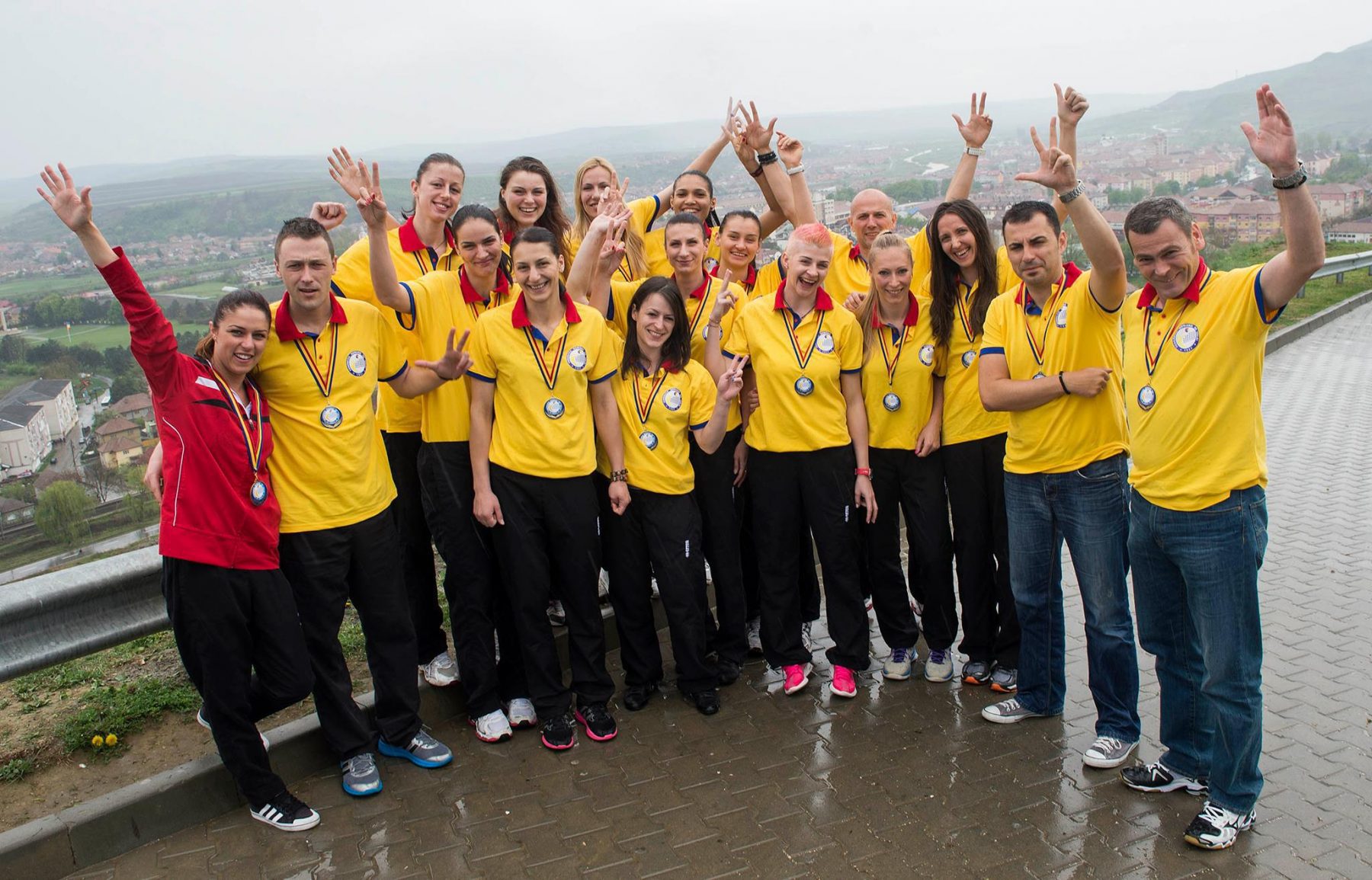
Meanwhile, the Blaj Volleyball team has won three National Championship titles, one Cup of Romania, and two European finals in the most important inter-club competitions – the Champions’ League and the CEV Cup.
After a perfect first year in which the Alba Blaj Volleyball won without losing a match, the right to play in the first women’s volleyball league in Romania, becoming the first Blaj sports team to have achieved such performance, the subsequent evolutions have been kept at the same high level.
In the second season of the first league Alba Blaj Volleyball reached the podium of the championship, in order to win consecutively three National Champion of Romania titles. With the third National Championship title, Alba Blaj Volleyball also won the Cup of Romania, achieving the first event in the history of the club.
Alba Blaj Volleyball has won everyone’s respect, not only in Romania, but across Europe, as the little Transylvanian city is now known in European volleyball as the owner of a strong team capable of striking on a par with the great ones in Europe, achieving huge successes for Romanian volleyball, qualifications in the 2018 Champions League final and the final of the CEV 2019 Cup.
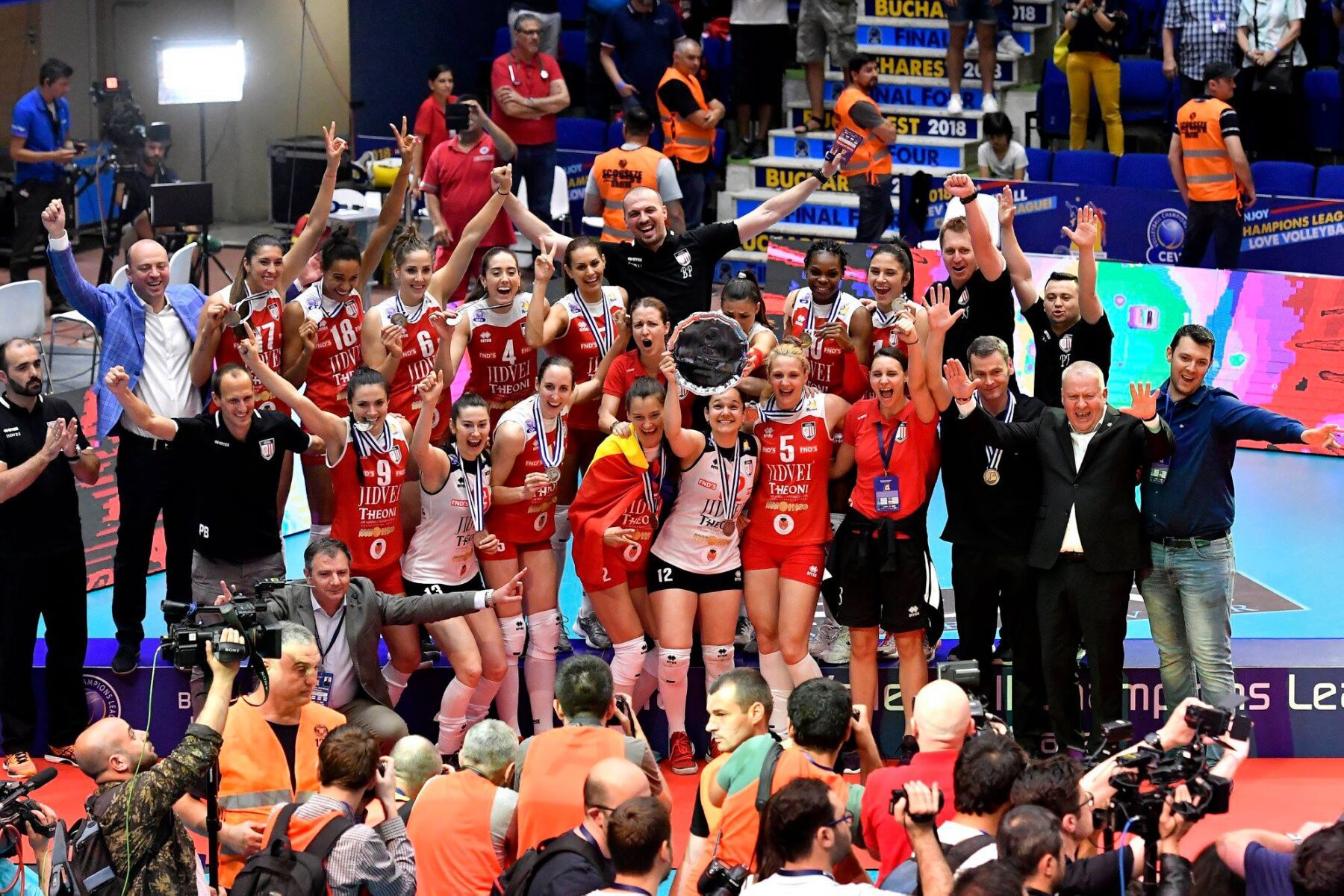
Mention must be made that by its performances, Alba Blaj Volleyball is the first women’s volleyball team in Romania to reach the finals of the most prestigious European competitions and the first team in Transylvania that managed to win the Championship and the Romanian Cup. At present, the team is in full process of regaining the Romanian Championship and Cup.
Notable investments
Gheorghe Rotar, Mayor of Blaj, stated that Bosch was a major pawn in local economic development.
“Bosch’s investment in Blaj has been decisive and considerable efforts have been made by the administration to attract it, because sustainable development needs a strong pillar. I think we are on the right track and we must make the most of it. There are over 3,500 jobs at Bosch. In fact, Blaj serves the entire area, in all respects, as jobs, hospitals, schools. Although we have only 20,800 inhabitants, the whole area has 54,000. Many people, starting with those from the Cetatea de Balta to Mihalţ area, are working at Blaj. Likewise, many children in the area come to Blaj after completing the secondary education cycle. I might say that Blaj is like a mini-capital. Returning to Bosch, it contributes 57% to local government revenues”, the Mayor of Blaj concluded.
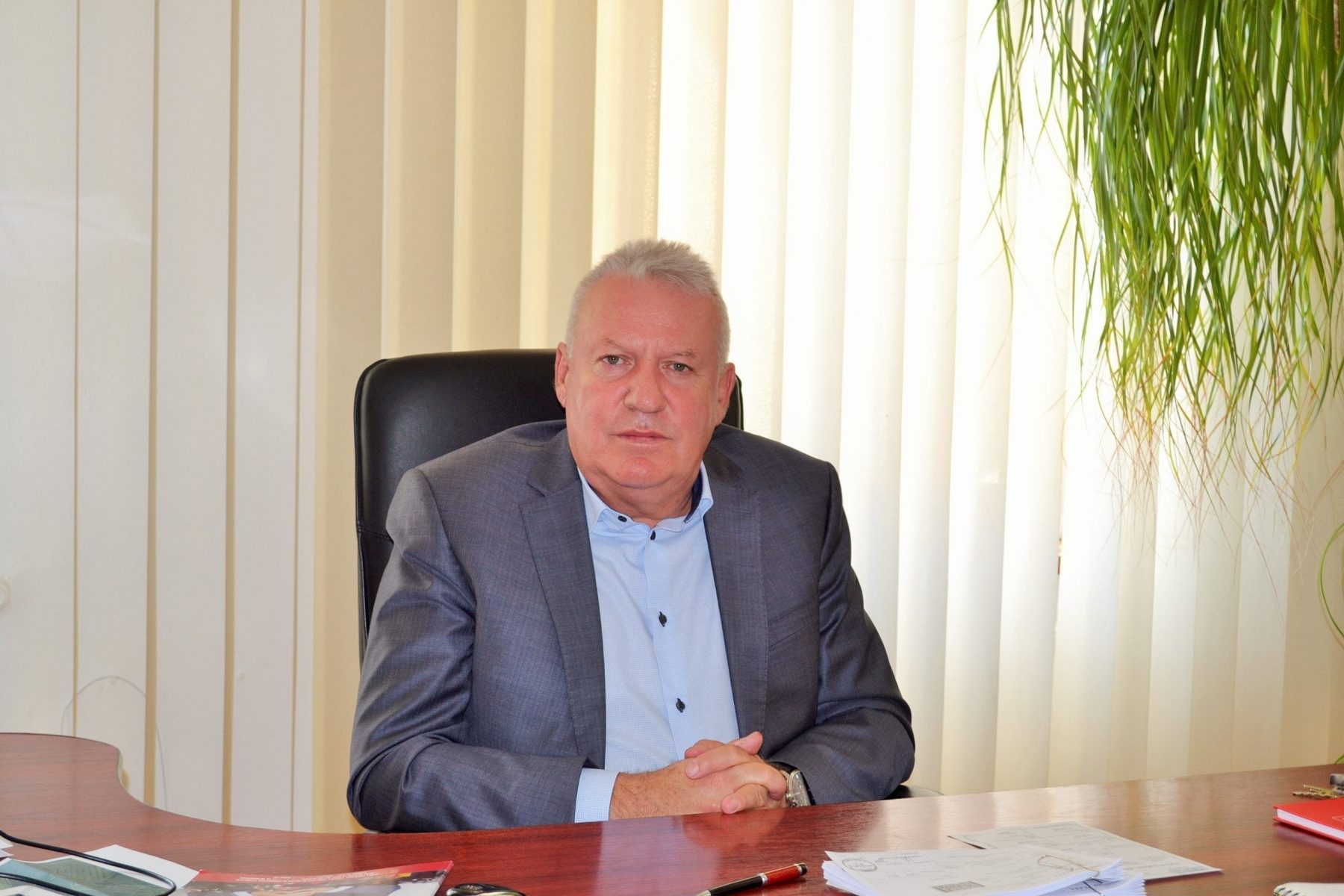
The next decade of the town of Blaj requires consistency and, implicitly, assuming long-term responsibility. “I see Blaj in 10 years of industrially and economically intensely developed, with a faultless infrastructure.
In fact, there is no house without sewer at present, the new sewage plant is four years old, the water supply system is changed.
Subsequently, an economically developed city where people will have a decent living comparable to that of people abroad.
I repeat, I think Blaj is at a favorable moment and it is my duty and that of the whole community to capitalize on this opportunity. In the economic history of small towns, it has been demonstrated that these opportunities are very rare and those who do not take advantage of the moment will certainly lose. We do not want to lose! “, concluded the Mayor of Blaj.
By Andrei VORNICU
(From the special edition of TB 86 – „ENJOY TRANSYLVANIA!” – May/June 2019)




